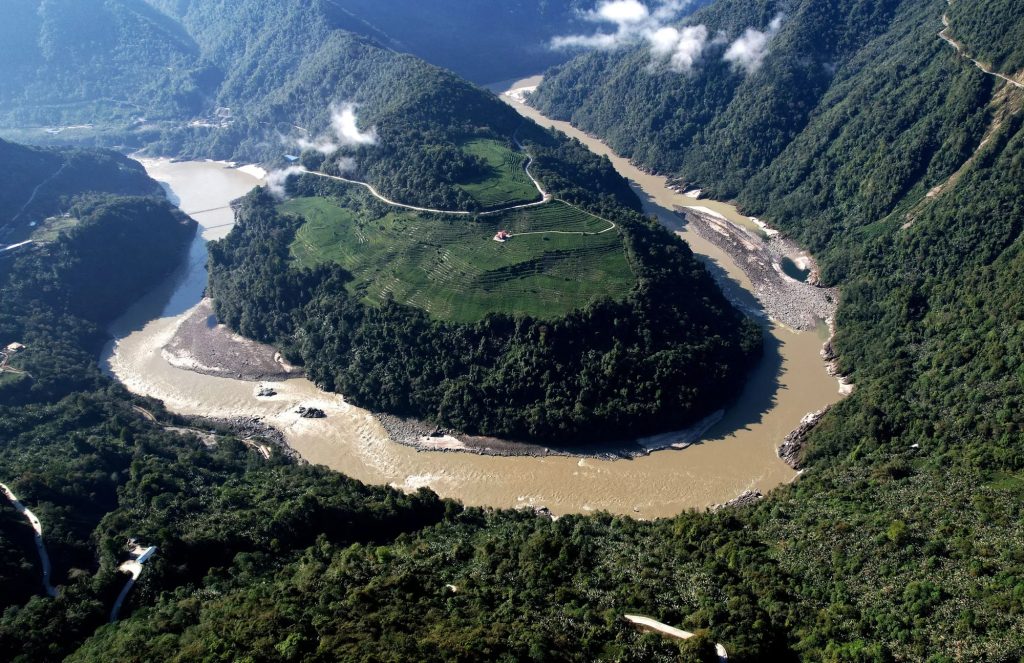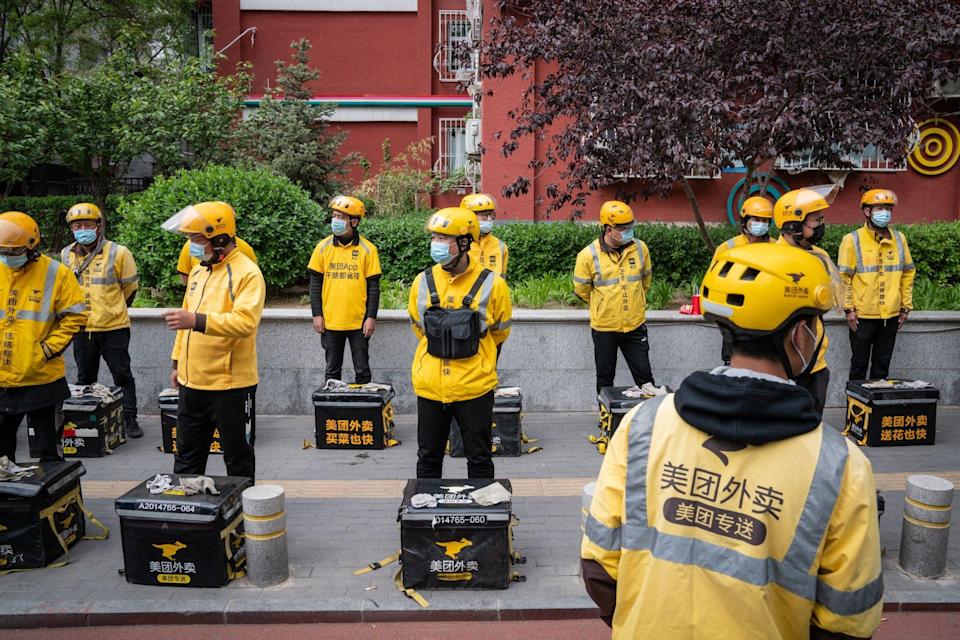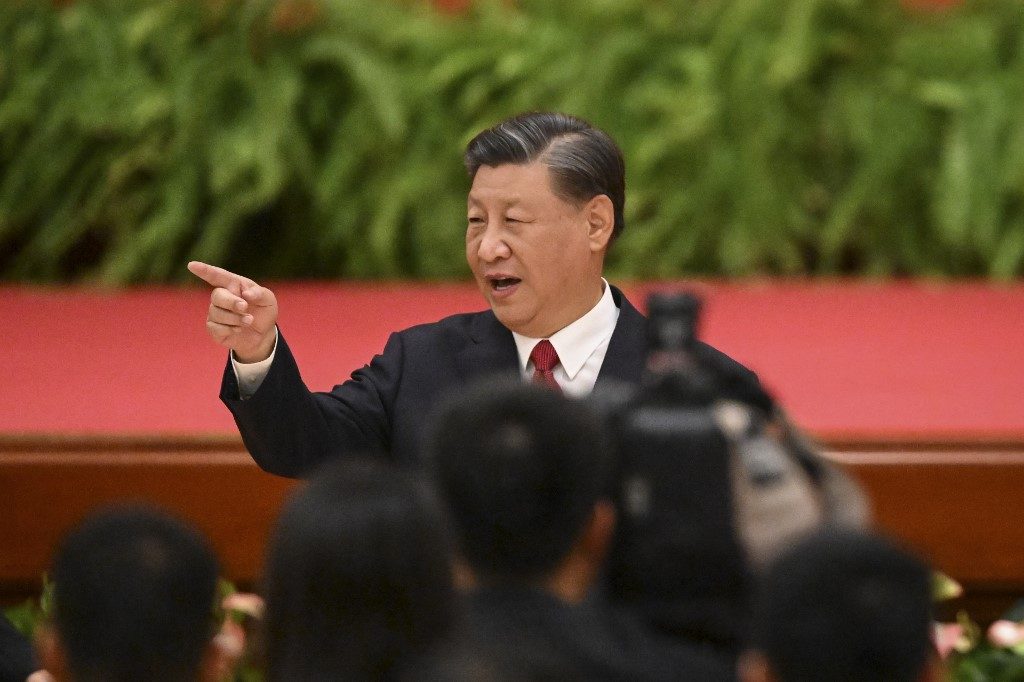Auto Added by WPeMatico

New dam in Tibet is set to be the world’s largest — a bold move that prioritises power and progress over uneasy neighbours and fragile ecosystem
THE massive economic stimulus and boost to clean power from a ¥1.2 trillion (RM780 billion) mega-dam in Tibet has proven alluring enough for Chinese leaders to set aside concerns about potential damage to biodiversity and the impact on relations with India.
Chinese Premier Li Qiang launched construction of the hydropower project, which is three times the size of the Three Gorges Dam, on the lower reaches of the Yarlung Tsangpo river on July 19. He also unveiled the China Yajiang Group, a new company that will manage the dam’s development, according to the official Xinhua News Agency.
While much is still unknown about the project, its cost alone shows the epic scale engineers are envisioning, with the estimate more than four times larger than the US$37 billion (RM174 billion) that Three Gorges Dam cost upon completion in 2009.
That promises an economic jolt for sectors like construction, cement and steel and a major new source of clean power that could eventually help the country reach its goal of net zero emissions by 2060.
Power Construction Corp of China and China Energy Engineering Corp both rose by their daily limit of 10% in Shanghai, while China Energy Engineering’s Hong Kong (HK) shares surged as much as 51%.
Huaxin Cement Co more than doubled in HK before giving up some gains, while Anhui Conch Cement Co gained as much as 7.6% in the territory. Iron ore and Chinese commodity futures for steel rebar and hot rolled coil, also climbed.
The project carries risks, as well. The dam could become a source of tension between China and India, as the Yarlung Tsangpo runs through the state of Arunachal Pradesh in northeast India and feeds into the Brahmaputra River, which then flows into Bangladesh.
India formally “registered its concern with China” last December, the country’s External Affairs minister told lawmakers in March, adding that the project figured prominently in discussions between the two nations in January.
The groundbreaking on July 19 comes at a complicated moment in the relationship between the world’s two biggest countries. Bilateral ties have stabilised somewhat after a four-year stalemate over a June 2020 border clash that killed some 20 Indian and at least four Chinese.
Beijing appointed a new ambassador to India in 2024 and earlier this year the countries agreed to resume direct flights and facilitate visa processes.
Still, many points of tension remain. India is looking to position itself as Asia’s main alternative to China as a manufacturing hub and its closer relationship with the US in recent years is fuelled in large part to counter Beijing’s influence in the region.
New Delhi maintains investment restrictions on Chinese companies moving into the country, and Chinese companies recently began pulling staff from some factories in India.
The conflict between India and Pakistan earlier this year further strained ties,
after Islamabad said it shot down multiple Indian jets using Chinese-made fighters, while a research group under India’s Defence Ministry said Beijing provided Pakistan with air defense and satellite support during the clash. Pakistan, India’s longtime rival, is one of China’s closest regional partners.
There are also environmental concerns about the irreversible impact of dam construction in the Yarlung Tsangpo gorge, where the river drops 2,000m in elevation over a 50km stretch. The area is home to a national nature reserve and is one of the country’s top biodiversity hotspots.
The project is also complicated by the challenges involved in getting materials and workers to such a remote site, as well as the high costs of stringing power lines to get the electricity to the more populous eastern parts of China.
Beijing has said that there won’t be any adverse impact to downstream areas and has promised to put in place measures to ensure safety and environmental protection.
The project will consist of five cascade dams and be located around the city of Nyingchi in the southeast of the autonomous region of Tibet. Engineers will figure out
ways to straighten some of the river’s bends and divert water through tunnels.
State engineers have said the gorge has the potential for 70 gigawatts of electricity, more than the total power capacity of Poland, which would make it the world’s largest power project.
It’s unclear how the Yajiang Group Co Ltd will finance what’s likely one of the world’s costliest ever infrastructure projects, but given China’s history of lending for dams and the ability of future hydropower sales to help repay loans, that seems unlikely to be a problem.
The project’s announcement prompted China’s government bond futures to tumble on July 14 on bets the move will lead to an improvement in the economy, undermining the appeal of safe-haven assets like sovereign debt. The 30-year contracts slumped as much as 0.5% to the lowest since early June.
Earlier this year, the National Development and Reform Commission included construction of a dam on the lower reaches of the Yarlung Tsangpo River in Tibet and a power transmission project from there to the HK area in its annual report to the National People’s Congress. — Bloomberg
- This article first appeared in The Malaysian Reserve weekly print edition
RELATED ARTICLES

China’s Gree plunges after skipping dividend

VW to Tesla set to win from China move

China Said to Plan $1 Billion Antitrust Fine for Meituan

Food costs rise on Russia-Ukraine war

Xi’s corruption crackdown targets embattled finance sector

Plane ticket bookings double in hour as China eases Covid rules
The post China advances RM780b Tibetan mega-dam despite risks appeared first on The Malaysian Reserve.
